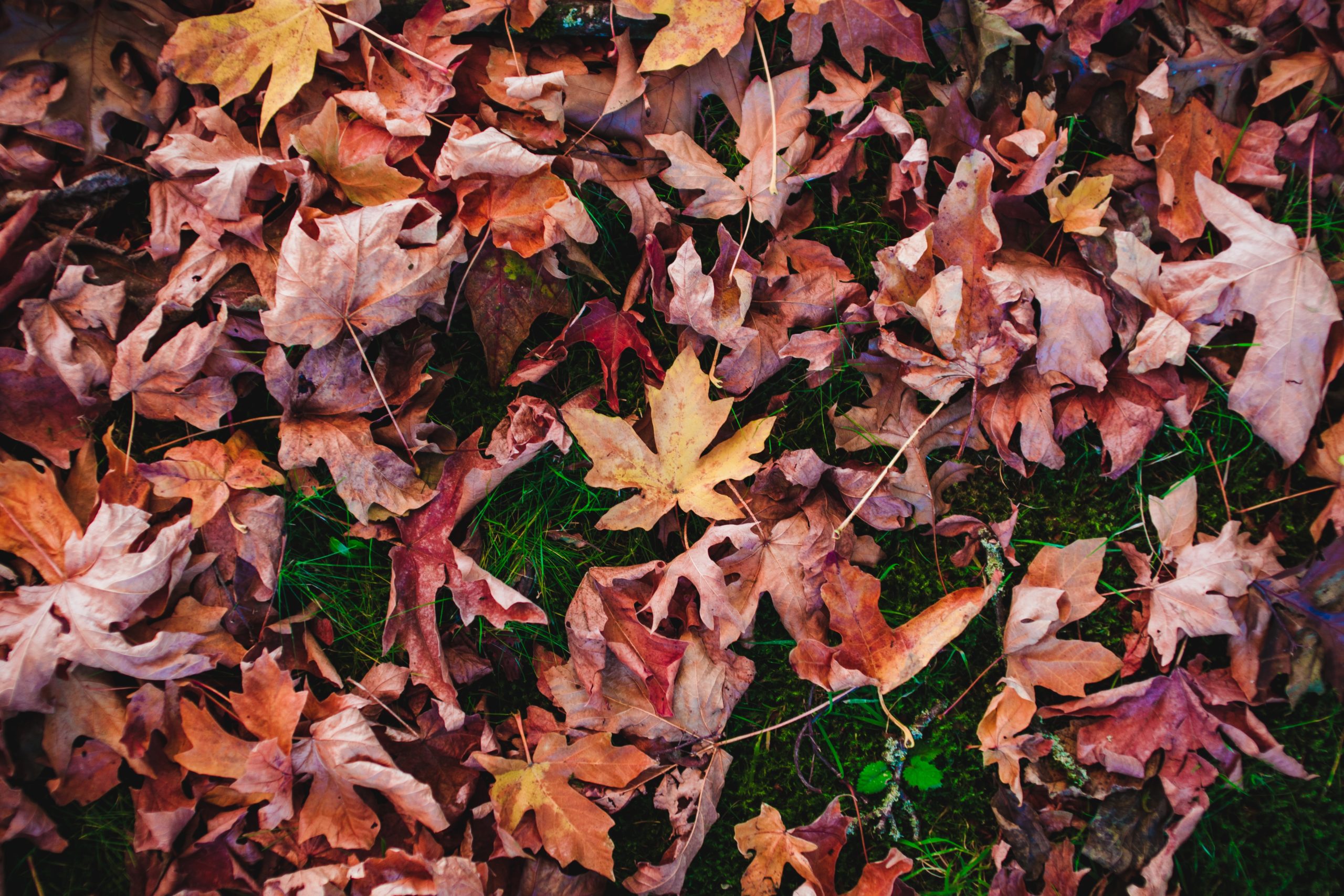Fall Yard Work Safety Tips for Seniors

Fall yard work and gardening offer many physical and mental benefits including fighting depression, reducing stress and maintaining muscle strength and mobility. Many older adults enjoy looking after their property throughout the year, but the bending, lifting and kneeling motions can sometimes be painful. Medical conditions like arthritis can also restrict what some people are able to do. Always talk to a health professional first, but here are some simple strategies to help you stay safe if you’re working in the yard this fall:
Know Your Limits
This can be hard to accept, but regardless of your wellness and mobility, you may not be able to do everything that you used to. Take it slowly, break up the work over multiple days or weeks and be willing to hire a professional or ask a family member or friend for assistance for the more strenuous tasks.
Do a Safety Check
Before getting to work, always do a slow walk around your yard to spot any potential hazards that can change with the seasons. Take note of exposed roots, rocks, sticks, and uneven or slippery ground that can cause personal injury or damage equipment.
Stretch Throughout
Many people underestimate how physically demanding yard maintenance can be, especially as you engage muscles that you don’t use on a daily basis. To prevent injury and pain over the coming days, stretch and warm up your muscles and joints before you start, during the work and again when you’re all finished. Listen to your body, stop before you become overtired and always keep a phone with you in case of an emergency.
Cover Up
Even if it’s a warm fall day, make sure that you wear pants, long sleeves, gloves and closed-toe shoes. These items will help protect you from the sun, insect bites, cuts and other hazards like poison ivy that may be hard to identify in the fall when the leaves change colour. This is particularly important for older adults as skin does thin with age which can make you more susceptible to cuts, reactions and infections. Also, always use sunglasses or goggles for eye safety as well as hearing protection when using loud blowers or lawn mowers.
Get the Right Gear
Invest in lightweight shovels, rakes and other tools that are the correct height for you. It is also recommended that you switch from gas-powered to battery-operated equipment as they are usually much lighter. If you’re struggling with grip strength or arthritic changes, ergonomic garden tools with padded or curved handles can help guard your joints and fingers from excess strain. Experts suggest swapping out your wheelbarrow for a garden cart with four wheels that is easier to maneuver across any terrain and can also be used to take out the garbage or haul groceries.
Watch Your Movements
Always use your garden cart to move heavy items, but when lifting, be sure to bend at the knees, keep your back upright and let your legs do the work. If you’re kneeling, rather than placing both knees on the ground, keep one knee bent in front of you and the other one on the ground. Regularly switch which knee is on the ground and ideally use a soft kneeling pad. Avoid twisting and reaching motions by moving directly in front of your work and save tasks that require a ladder for the professionals. Remember if something doesn’t feel safe, it’s probably not.
By following good safety habits, yard work and gardening can be an engaging, active and peaceful activity for many older adults. If you’re looking for more strategies to do yard work safely, or for any another activity you are having difficulty completing, an occupational therapist may be able to help. Contact VHA’s Enterprise Health Solutions team at (416) 489-2500 ext. 4649 or by email at ehs@vha.ca for more information.

